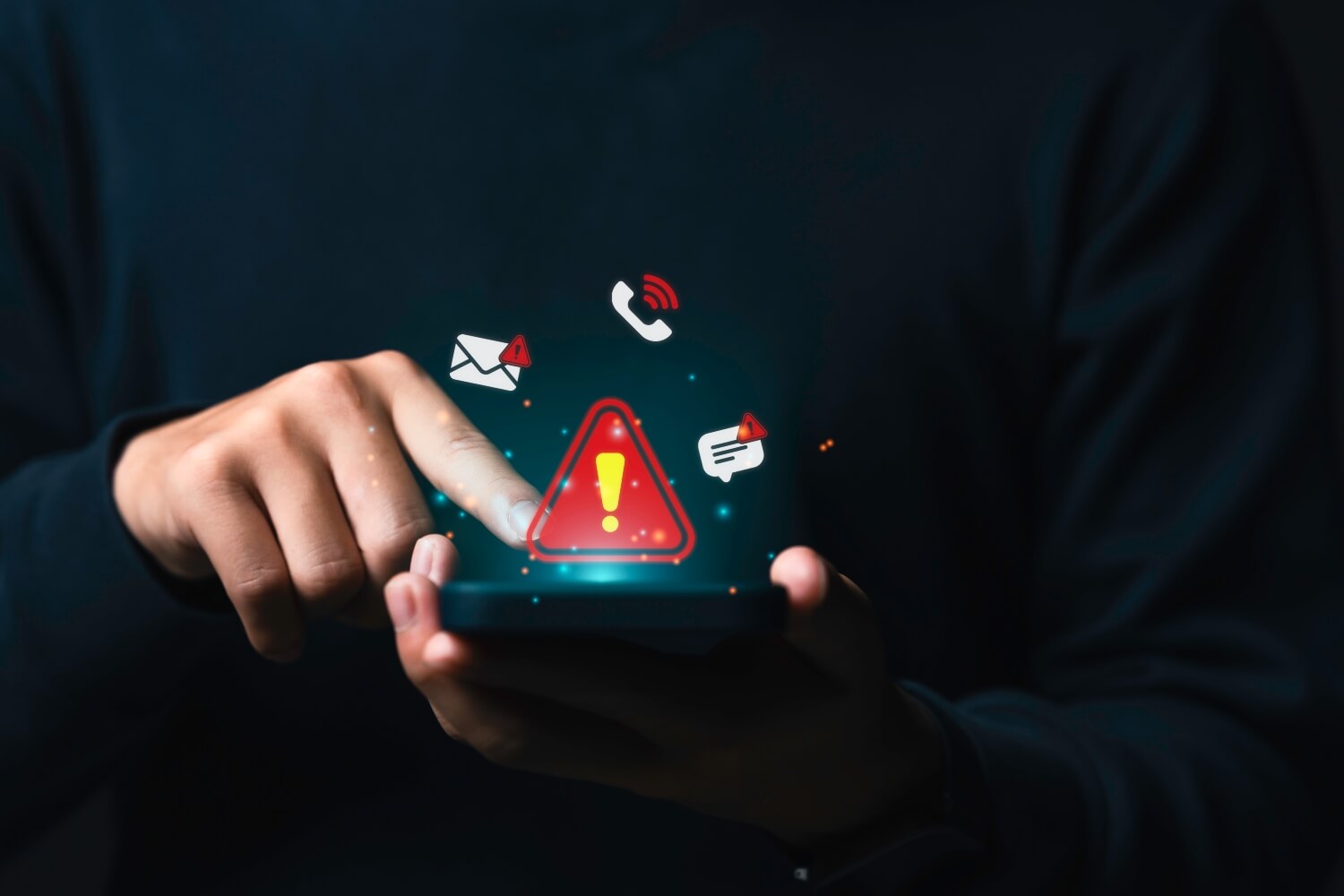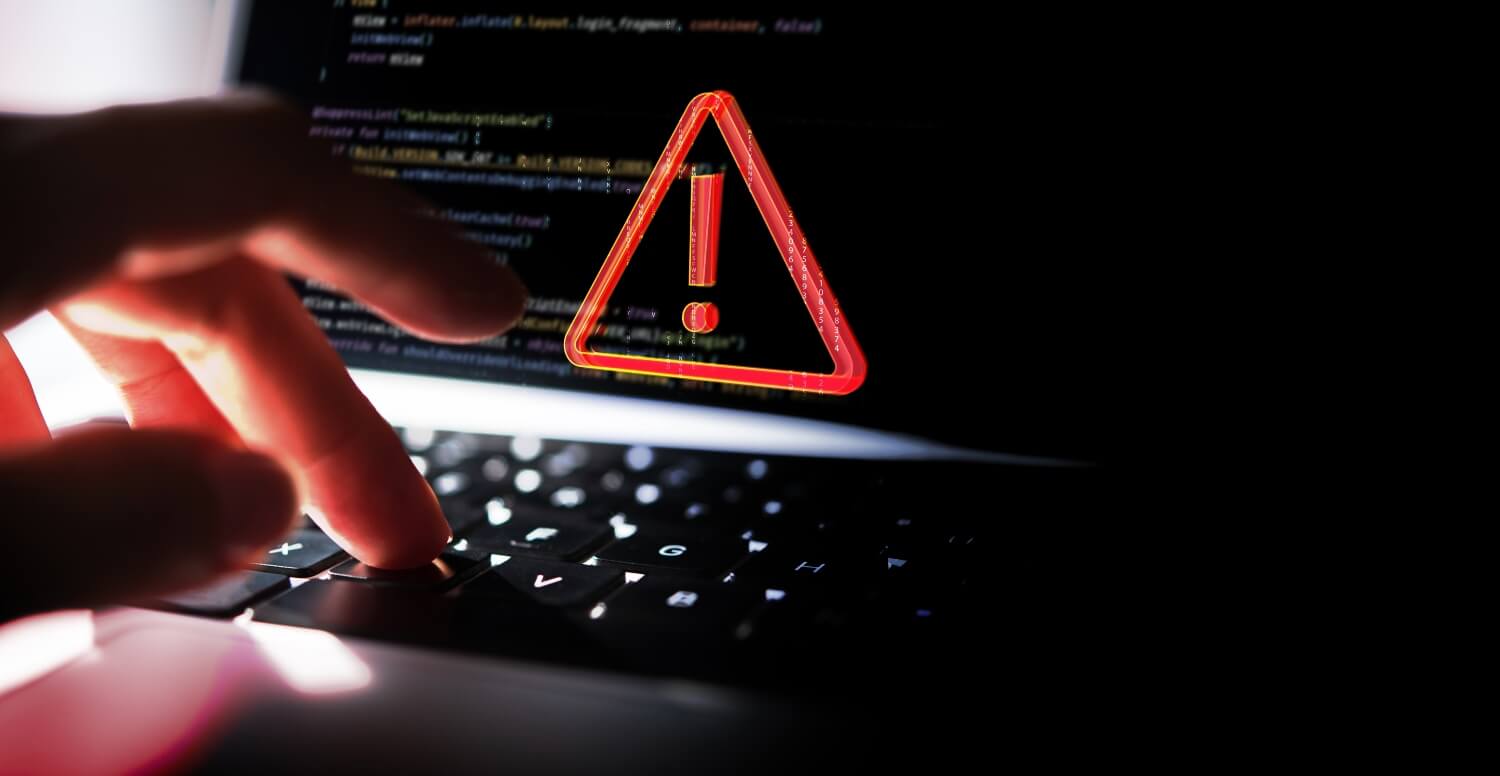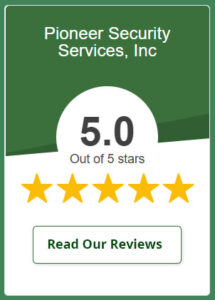SMS or app push notifications are the most common way of real-time alerting, which bridges the gap between obnoxious event detection and response time. According to industry trends, the SMS message open rate is about 98% and 90% of recipients read the text within three minutes. The SMS marketing industry is expected to reach up to $37.45 billion by the year 2031.
Such an impressive surge in the industry has compelled the security companies to utilize text or SMS alerts as a backbone. They pair them with push notifications just to enhance the reach and engagement. In this blog, we will explore the function, procedure, and integration of these real-time alerts in the security system. Let’s dive deep to understand it clearly.
Push Notifications vs. SMS: What You Need to Know
Before designing an effective real-time alert system, you must understand the two main components: SMS and app push notifications. Both play a very important role in this scenario and have their own strengths and constraints, and the ideal system leverages both equally.
SMS Short Message Service
It operates through cellular networks, and they do not require an internet connection to operate. That makes it highly dependable even when data connectivity is weak or unavailable. Almost every mobile device supports SMS, and its simplicity means it can function in challenging network environments.
App Push Notifications
In contrast to SMS, it purely depends upon the internet, wifi, or cellular data to be used, and they are delivered through a dedicated application installed on the user’s phone. They can carry richer content, images, action buttons, deep links, and let users act directly from the alert, for example, view a camera feed, silence an alarm, or trigger emergency procedures.
Key Comparisons between Push Notifications & SMS
Here’s a quick breakdown of how push notifications and SMS stack up against each other in key areas:
- Reliability: SMS is stronger in low-data or offline conditions. Push is reliable when devices are online.
Interactivity: SMS is more static, but push allows direct action.
User permission: SMS requires only the phone number and consent, whereas users must install the app and accept push permissions. - Cost & scale: SMS often charges per message, and push tends to scale more economically.
Fallback logic: A hybrid system can send push first and fall back to SMS if push fails or is unavailable.
They both work together to manage the princess perfectly and seamlessly. So, a smart alerting system should treat push as the primary channel and SMS as a fallback, ensuring alerts remain resilient, interactive, and redundant.
SMS vs Push Notifications: Choosing the Right Channel for Security

Deciding when to use SMS, push, or both and what to select for alerts depends on the nature of the alert and the user context.
Let’s examine decision factors and trade-offs more deeply.
Latency and Delivery Assurance
When even the milliseconds matter, such as for intrusion, fire, or safety events, SMS offers dependable delivery even in poor network conditions. Many security systems treat SMS as a safety net when push fails.
User Engagement & Actionability
Push alerts allow immediate responses from the notification itself, like “View camera,” “Acknowledge,” or “Contact emergency services.” SMS generally requires the user to open an app or follow a link to act.
User Opt-In & Accessibility
Not all users will install the app or grant push permissions. SMS reaches more people by default, which is essential when dealing with diverse client bases. According to the PEW Research Center, approximately 98% of Americans own a cell phone of some kind. So it is really easy to approach them by sending a single SMS.
Cost Management
Per-message SMS costs can add up in systems with many users or frequent alerts. Using push for frequent, lower-risk notifications offloads cost from SMS, reserving SMS for critical alerts.
Security Considerations
SMS is vulnerable to SIM swap attacks or interception. Push notifications, especially when encrypted and tied to authenticated apps, can be more secure for sensitive alerts. For deep actions like video feed access, always route users through authenticated app contexts rather than embedding sensitive content in the notification itself.
Are push notifications better than SMS?
Push notifications work well for timely but non-critical updates within your app ecosystem.
The Importance of Real-Time Alerts in the Corporate Security World
In today’s uncertain world, security is highly needed in the corporate, industrial, and even enterprise environments. So the demand for a highly responsive and well-coordinated alerting system is in practice, too. Real-time alerts provide proper action at short notice and can save the community from an unseen disaster.
Let’s discover how it is adding help.
Faster Threat Detection & Response
A security breach, physical intrusion, or sensor anomaly can cascade quickly. Real-time alerts enable staff or operators to respond within seconds, reducing damage and preventing further escalation.
Unified Situational Awareness
When multiple team members across facilities receive the same alert in real time, coordination is smoother. Everyone is on the same page and can act concurrently.
Minimizing Loss, Disruption & Liability
Delays amplify losses. Real-time notification systems reduce system downtime, property damage, data breaches, and litigation risk. Insurance providers often discount premiums for systems that include real-time alert capabilities. According to the United Nations Development Programme (UNDP), early warning systems can prevent casualties and property loss.
Automation & Escalation Rules
Modern systems can embed workflow logic: if the first recipient doesn’t acknowledge within a set time, escalate to secondary contacts or a central monitoring center automatically.
Reputation & Competitive Differentiation
Clients and stakeholders demand assurance. Offering real-time alerts can distinguish a security provider, signaling that you’re not reactive, you’re proactively protective.
Why are alerts important?
Advisory alerts provide early warnings that help you prepare for potential emergencies, offer crucial context for developing situations such as weather, road closure, fire alerts, and public safety concerns, and ensure you receive relevant information when you need it most.
Why Real-Time Push Notifications Matter for Your Brand

Push notifications convey your brand’s reputation and its reliability; don’t consider them a mere alert mechanism. When users see a security alert pop up the moment something happens, they feel genuinely protected.
Push alerts also enable rich, context-driven notifications. Instead of unclear messages like “Alarm triggered,” you can deliver “Motion detected at Rear Door, tap to view camera.” That clarity reduces panic and false alarms.
Moreover, push lets you segment alerts by user role. Homeowners see full alerts, while property managers or security staff see more details or aggregated views. This tailored experience reflects your professionalism.
Designing Reliable Alert Systems That Never Fail
A reliable alert system is not just about sending messages; it’s about guaranteeing delivery, acknowledgment, escalation, and security. Here’s how Pioneer Security can build a bulletproof architecture.
- Dual-channel delivery with fallback: End push first. If no delivery or acknowledgment is received in, say, 20 seconds, fallback to SMS.
- Acknowledgement and escalation logic: It requires the recipient to acknowledge the alert. If no response is received within a defined timeframe, the alert is escalated automatically to alternates or central monitoring.
- Context-rich payloads: Alerts should include sensor name, location, and severity indicator. Users should never receive empty or cryptic messages.
- Rate limiting, suppression & aggregation: Avoid flooding users with repetitive alerts from the same source in rapid succession. Batch or throttle non-critical events to prevent alert fatigue. A study on push notification user experience notes that over-communication or poorly timed messages can irritate users and reduce brand attachment.
- Encryption & data privacy: Alert payloads should minimize sensitive content in SMS. Redirect users to secure app interfaces for deeper data access. Use strong encryption for app-based communication paths.
- Monitoring & analytics: Continuously measure delivery times, acknowledgment latency, failure rates, and escalation success. Use that data to fine-tune routing and fallback thresholds.
- Simulation & testing: Offer users simulated test events or “alert drills” so they know how real alerts behave, reducing confusion during actual events.
In addition, the National Institute of Standards and Technology stresses that timely alerts are key to effective incident response in cybersecurity. This applies equally to physical security: fast, accurate alerts are the cornerstone of protection.
Challenges & Mitigation Strategies of Real-Time Alerts
Even the most advanced real-time alert systems face hurdles, but each has a solution when designed with foresight. Let’s discuss these challenges one by one and see how they impact real-time alerts.
Connectivity
One common challenge is connectivity. Push notifications can fail when internet access is unstable. That’s why SMS should always serve as a reliable backup, ensuring alerts are delivered regardless of network conditions.
User Permission
Another issue lies in user permissions. If clients disable notifications, even the best system becomes ineffective. Educating users about why alerts matter and guiding them during onboarding helps overcome this barrier.
Alert fatigue
Another critical concern is alert fatigue. Too many messages, especially low-priority ones, can cause users to ignore important notifications. By categorizing alerts into levels of urgency, Pioneer Security can reduce overload and ensure that clients pay attention when it truly counts. The risk of alert fatigue is well-documented. An article on Tech Radar highlights how excessive alerts can overwhelm operators and reduce response effectiveness.
Delays
Delays also pose risks. Using redundant SMS gateways and robust push servers minimizes the chance of messages being stuck in the system during peak demand. Finally, privacy remains a top priority. Instead of exposing sensitive details in plain-text alerts, the best approach is to send basic notifications and require secure app logins for full information.
Privacy & Security Risks
Push notification payloads or SMS messages should avoid exposing sensitive information. Don’t include full video snapshots in alerts: rather, include a secure link to an authenticated app interface. Be aware that certain payload metadata services may inadvertently leak information if misconfigured.
As the Pew Research Center reports, Americans check their phones hundreds of times a day for text and picture messages, which demonstrates the opportunity and challenge of crafting timely messages without intrusive alerts.
What are the challenges of real-time data?
They mainly face three types of challenges: handling high volumes of data flows, ensuring low-latency processing, and maintaining fault tolerance.
Stay Ahead of Threats with Pioneer Security

In today’s fast-paced world, it is not possible to wait in line for hours or even fr minutes. A second late in critical updates is unacceptable. You have to be quick to resolve the security issue. In this scenario, real-time alerts and push notifications give clients the confidence of instant awareness and immediate control.
Through SMS, you can reach your clients universally and prove the reliability of your security services, while the push button shows richer detail, quick action, and low costs. Seamlessly integrating both helps to detect and stop the threats adequately.
At Pioneer Security, we don’t just provide technology, but we provide you peace of mind by providing safety and protection to your property and assets. By providing hybrid alerts, smart escalation workflows, and personalized notifications, we ensure that your safety is not compromised at any cost. Pioneer security keeps you informed every second, and your security is guaranteed.
Frequently Asked Questions
Why are push notifications important?
They keep us informed and can increase retention rates by reminding them of the app’s value.
What is a real-time push notification?
Real-time push notifications are instant alerts or messages sent to a customer’s device via an app or web browser.
What are the risks of push notifications?
Cybercriminals manipulate trust by disguising malicious notifications as legitimate alerts from trusted brands.
Is push notification safe?
Push notifications cannot defend against modern attacks. They fail as a security measure for several reasons.
Do most people turn off push notifications?
A study report shows that 46% of users disable notifications, whereas 32% uninstall the app if they receive more than 6 notifications.



